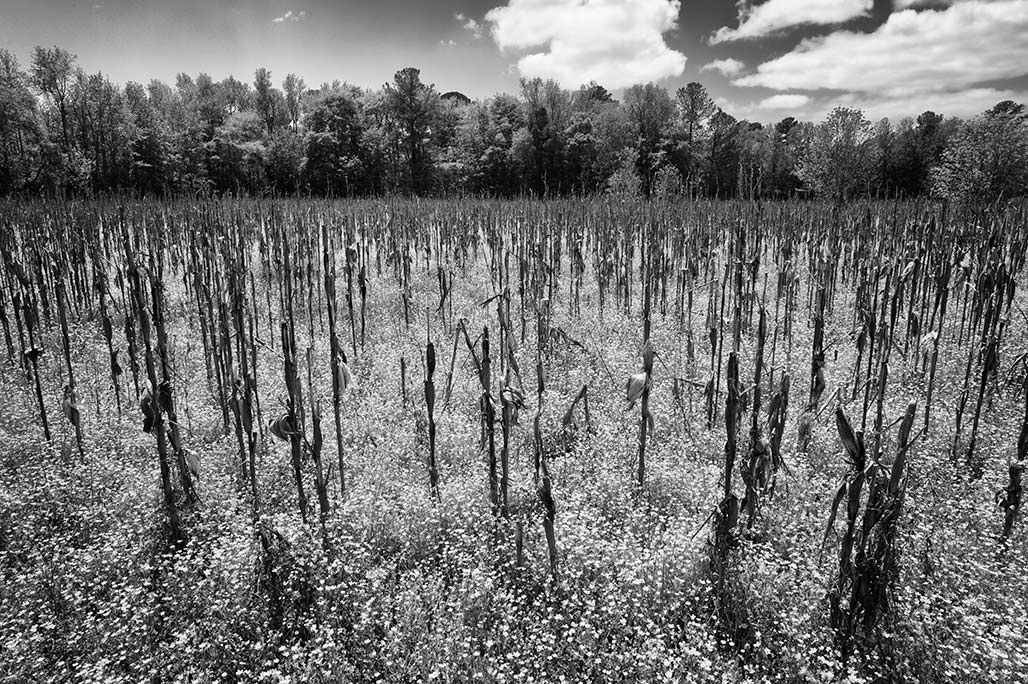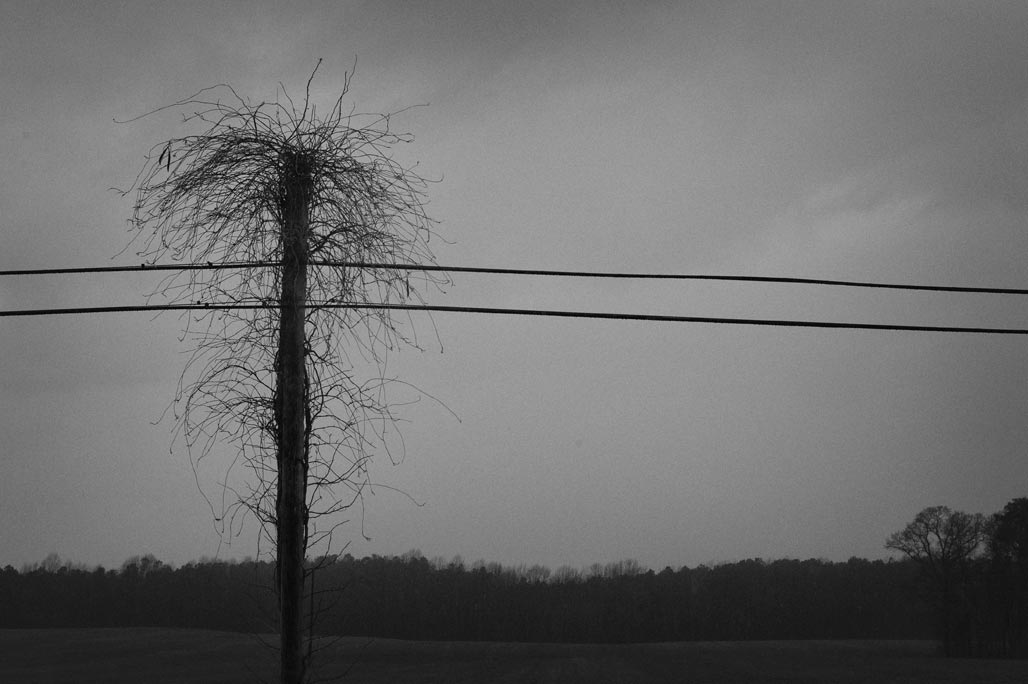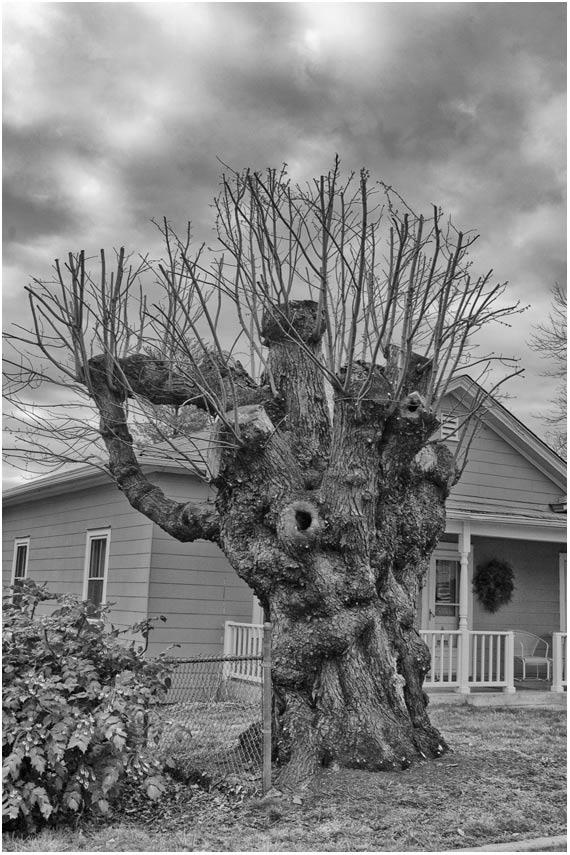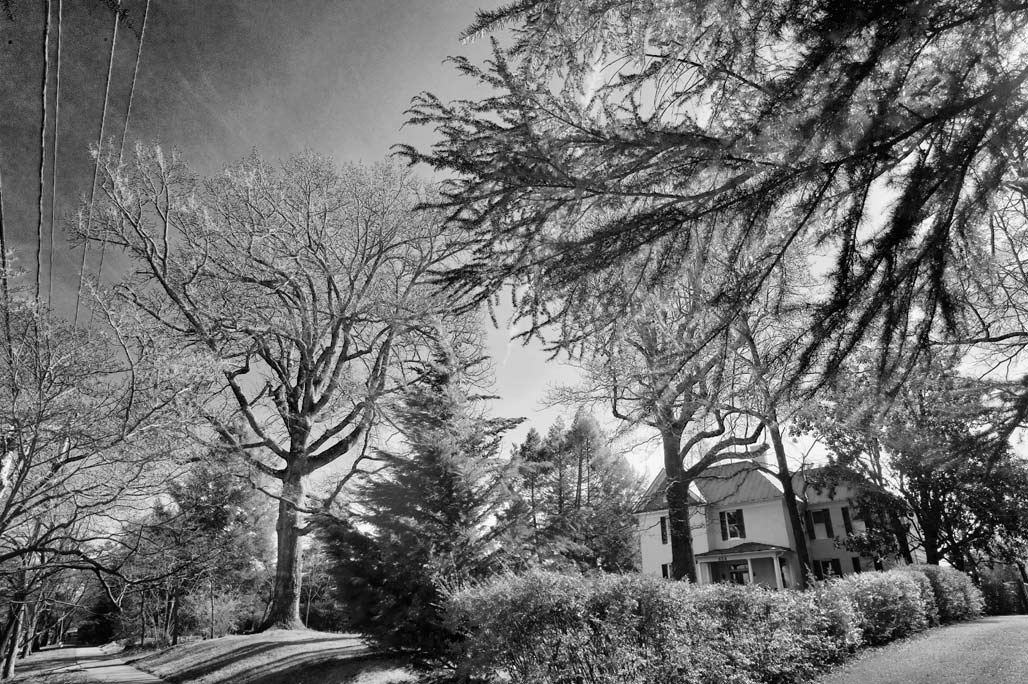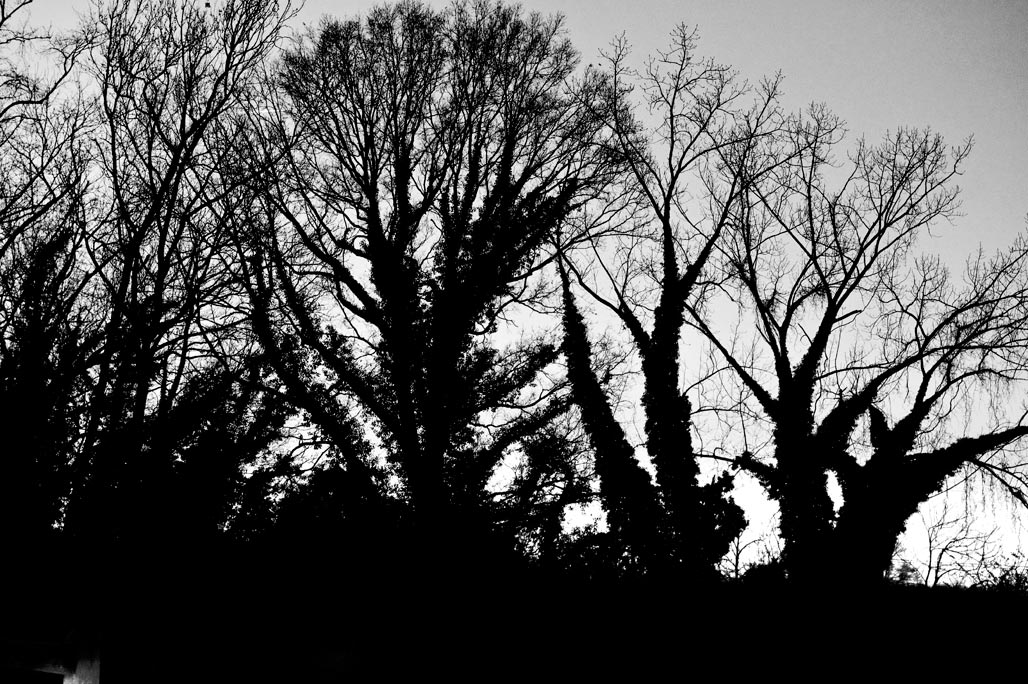
Charlottesville Area Tree Stewards coordinated with City schools, had five stations set up in Riverview Park, doing art, planting trees (19+), learning arboreal things.

Charlottesville Parks and Recreation planted a large diameter platanus occidentalis in Quarry Park, Girl Scouts planted five saplings, Charlottesville Area Tree Stewards unveiled a plaque designating the big Sycamore in the background as a landmark tree. Virginia Department of Forestry recognized Charlottesville as a “Tree City” for the 7th year running. Tree Commission boss and former CHO mayor Elizabeth Waters on hand as well as Councilor Kathy Galvin.
CITY OF CHARLOTTESVILLE PROCLAMATION ARBOR DAY
WHEREAS, in 1872, J. Sterling Morton proposed to the Nebraska Board of Agriculture that a special day be set aside for the planting of trees; and
WHEREAS, this holiday, called Arbor Day, was first observed with the planting of more than a million trees in Nebraska; and
WHEREAS, Arbor Day is now observed throughout the nation and the world; and
WHEREAS, trees can reduce the erosion of our precious topsoil by wind and water, cut heating and cooling costs, moderate the
temperature, clean the air, produce life-giving oxygen, and provide habitat for wildlife; and
WHEREAS, trees are a renewable resource giving us paper, wood for our homes, fuel for our fires, and beautify our community; and
WHEREAS, trees in our city increase property values, enhance the economic vitality of business areas, and beautify our community; and
WHEREAS, trees, wherever they are planted, are a source of joy and spiritual renewal;
NOW, THEREFORE, I, Satyendra Singh Huja, Mayor of the City of Charlottesville, Virginia, do hereby proclaim April 26, 2013 as
ARBOR DAY in the City of Charlottesville, and I urge all citizens to celebrate Arbor Day and to support efforts to protect our trees and woodlands; and
FURTHER, I urge all citizens to plant trees to gladden the heart and promote the well-being of this and future generations.
Signed and sealed this I5th day of April, 2013.
Satyendra Singh Huja
Mayor

This part of the world supports giant trees though the trend is toward cloned runts, patented biology, mini-trees. You’ve heard the slogan “right tree right place”. If you are a big, long lived native tree, back of the bus, off the bus, get on down the road. Git!
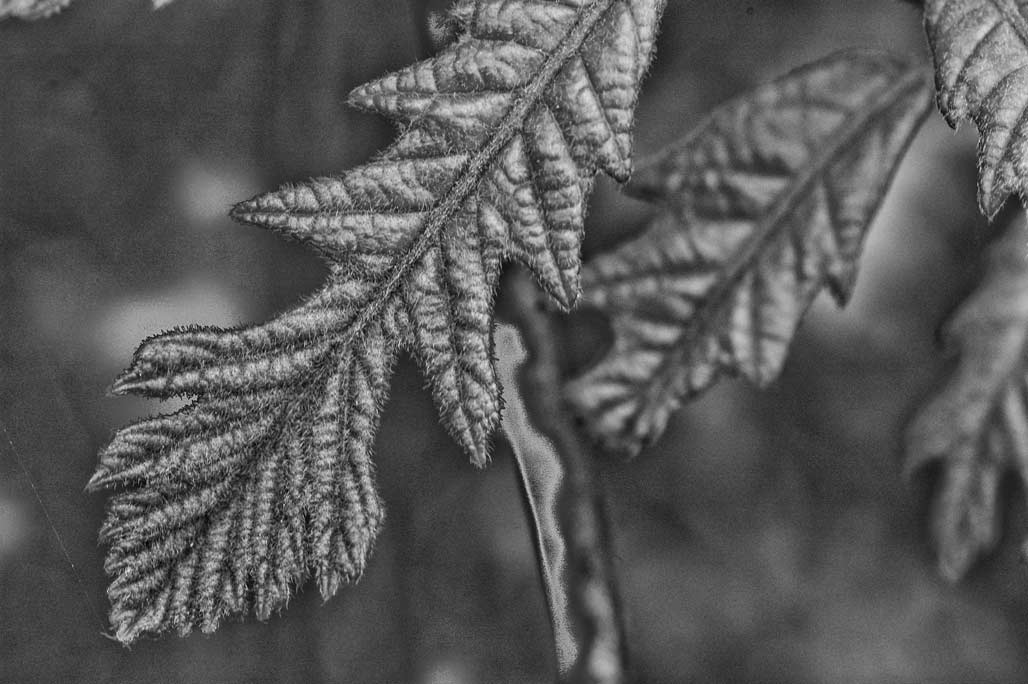
Influence your surroundings. Right infrastructure in the right place. Plant a giant. It will outlast you and the transmission lines.
That I may not denigrate foreign beliefs and may not poke fun at my own faith. The Gods look with grace upon those who plant trees along roads, in homesteads, at holy places, at crossroads, and by houses. If you wed, plant a wedding tree. If a child is born, plant a tree. If someone beloved dies, plant a tree for the Vėlė (shade of the deceased). At all holidays, during all important events, visit trees. Prayers will attain holiness through trees of thanks. So may it be!–Lithuanian Prayer



